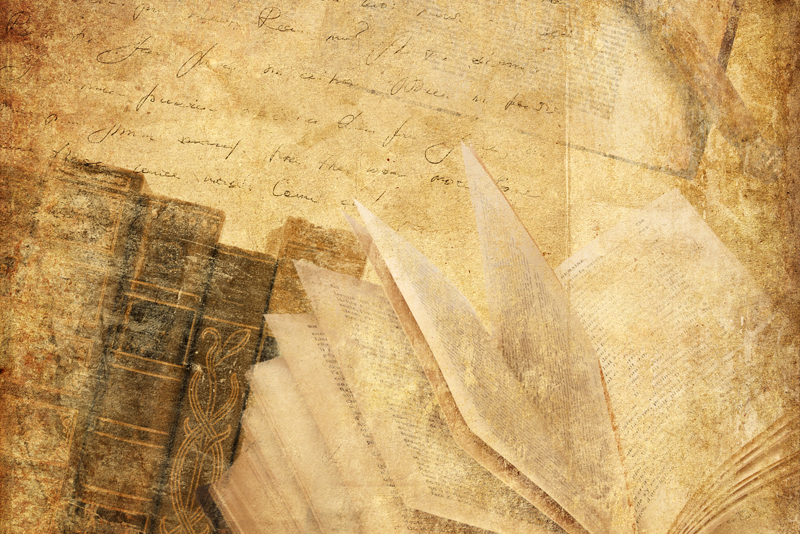Sewing Pattern Mysteries

Commercial sewing patterns have been around for more than 240 years. It was Ebenezer Butterick who made the first graded sized patterns and certainly sewers today remain familiar with the Butterick pattern company. Now a major industry, sewing pattern companies are global organizations – Simplicity, McCall’s, Vogue, Burda and of course Butterick to name just a few.
Originally sewing patterns were full size tissue paper sections, not printed with any sewing or cutting lines, mostly devoid of instructions, folded flat, labeled, and included an image of what the finished garment should look like. It was many years before brief instructions were included. A challenge even for practiced sewers.
It was not until 1919, that sewing patterns would have standard markings printed directly onto each tissue pattern section although detailed instructions were still on the horizon. Full color illustrations of what the garment was designed to look like began to be printed on the pattern envelop in the 1930’s.
The sewing pattern’s many details are uniquely considered to unravel any mysteries, ease the sewing process and allow for accuracy and success.
Commercial patterns are printed with a universal system of symbols and lines designed to help you put the pattern pieces together quickly, easily and successfully. Every marking is there for a specific reason. Understanding the meaning of the symbols will make any cutting and stitching as accurate as possible.
Read any new sewing pattern from beginning to end before any cutting or sewing happens. Beginning with the sewing pattern’s envelop front illustration of the finished item and its variety of possible versions, and the back of the envelop with details such an overall description, size range if multi-sized, sometimes guidelines given for difficulty (very easy, quick, average, advanced) and skill level (beginner, advanced beginner, intermediate, advanced) amount and type of fabric needed, notions (zippers, buttons, snaps, elastic, etc.) and finished measurements.
The inside of the pattern’s envelop contains the printed and numbered tissue pattern sections. There are included details containing a key for symbols and markings used, a glossary of terms, how to lay out the pattern sections to be used onto the fabric, and details on each ordered numbered step on how to assemble and sew the sections, and often noted variations that can be chosen to embellish if desired.
Sewing patterns are not just for every day clothing for men, women and children, but included are crafting, home decorating, active wear, latest trends, prom, bridal, evening wear, even uniform and costuming. Pattern companies offer a wide range of patterns that appeal to many skill levels - for novices who can build on sewing skills with detailed instructions and minimal pattern pieces (Kwik Sew, New Look branded patterns), contemporary and vintage designs from major pattern companies appealing to long-time knowledgeable sewers and for the adventurous challenging selections from independent pattern companies often with couture design details.
Sewing pattern companies endeavor mightily to ease out any sewing mystery from their sewing patterns using numerous specific details and instructions. All do a great job of explaining, in written, drawn and visual elements so the finished project can come as close as individually possible to the anticipated design components.
Sew happy, sew inspired.
Originally sewing patterns were full size tissue paper sections, not printed with any sewing or cutting lines, mostly devoid of instructions, folded flat, labeled, and included an image of what the finished garment should look like. It was many years before brief instructions were included. A challenge even for practiced sewers.
It was not until 1919, that sewing patterns would have standard markings printed directly onto each tissue pattern section although detailed instructions were still on the horizon. Full color illustrations of what the garment was designed to look like began to be printed on the pattern envelop in the 1930’s.
The sewing pattern’s many details are uniquely considered to unravel any mysteries, ease the sewing process and allow for accuracy and success.
Commercial patterns are printed with a universal system of symbols and lines designed to help you put the pattern pieces together quickly, easily and successfully. Every marking is there for a specific reason. Understanding the meaning of the symbols will make any cutting and stitching as accurate as possible.
Read any new sewing pattern from beginning to end before any cutting or sewing happens. Beginning with the sewing pattern’s envelop front illustration of the finished item and its variety of possible versions, and the back of the envelop with details such an overall description, size range if multi-sized, sometimes guidelines given for difficulty (very easy, quick, average, advanced) and skill level (beginner, advanced beginner, intermediate, advanced) amount and type of fabric needed, notions (zippers, buttons, snaps, elastic, etc.) and finished measurements.
The inside of the pattern’s envelop contains the printed and numbered tissue pattern sections. There are included details containing a key for symbols and markings used, a glossary of terms, how to lay out the pattern sections to be used onto the fabric, and details on each ordered numbered step on how to assemble and sew the sections, and often noted variations that can be chosen to embellish if desired.
Sewing patterns are not just for every day clothing for men, women and children, but included are crafting, home decorating, active wear, latest trends, prom, bridal, evening wear, even uniform and costuming. Pattern companies offer a wide range of patterns that appeal to many skill levels - for novices who can build on sewing skills with detailed instructions and minimal pattern pieces (Kwik Sew, New Look branded patterns), contemporary and vintage designs from major pattern companies appealing to long-time knowledgeable sewers and for the adventurous challenging selections from independent pattern companies often with couture design details.
Sewing pattern companies endeavor mightily to ease out any sewing mystery from their sewing patterns using numerous specific details and instructions. All do a great job of explaining, in written, drawn and visual elements so the finished project can come as close as individually possible to the anticipated design components.
Sew happy, sew inspired.

Related Articles
Editor's Picks Articles
Top Ten Articles
Previous Features
Site Map
Content copyright © 2023 by Cheryl Ellex. All rights reserved.
This content was written by Cheryl Ellex. If you wish to use this content in any manner, you need written permission. Contact Cheryl Ellex for details.







